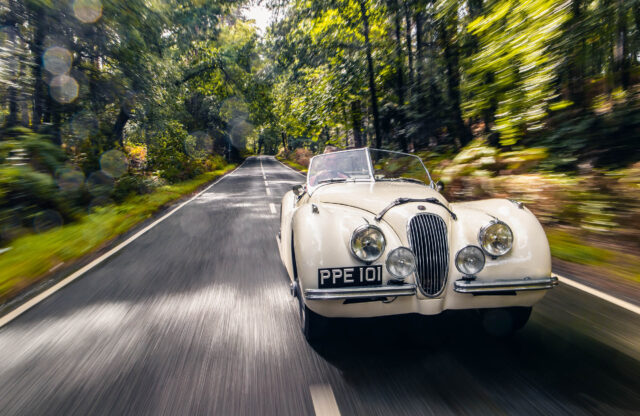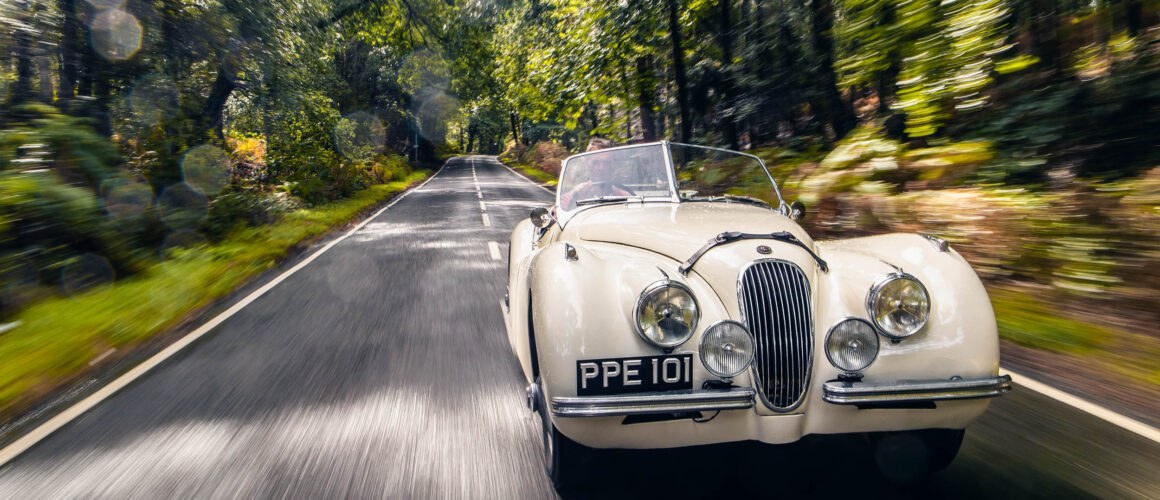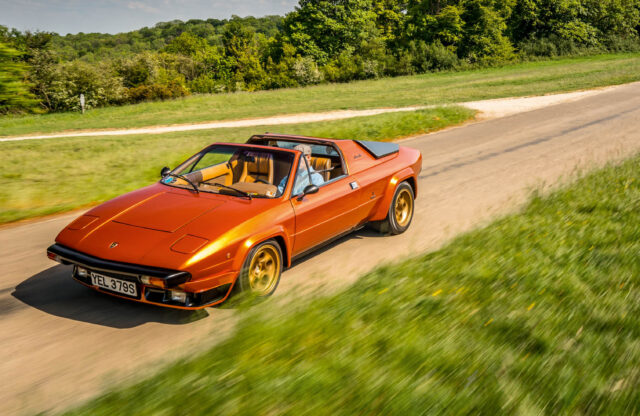Everybody has heard of ‘NUB 120’. It’s the car credited as the most successful competition Jaguar XK120 of all time, driven by privateer Ian Appleyard to a string of rally wins from 1950 through to the end of its career in 1953. It was a real success story, and one that boosted Jaguar’s competition credentials impressively at the time, proving the capability of the XK120 to the world.
Appleyard’s victories were an inspiration to many, including the first owner of this wonderfully original XK120, ‘PPE 101’. The connection to NUB 120 is more than just a philosophical one, too. This steel-bodied car was actually entered in the same class in the 1951, 1952 and 1953 Alpine Rallies, and in ’53 also formed part of the trio of XK120s – including NUB 120 – that took the team prize for Jaguar in the RAC Rally. Unlike Appleyard’s car, however, PPE continued rallying and racing for many years – decades, even – after this momentous occasion. With over 40,000 miles of mostly competition use, PPE has lived an extraordinary life.
We’re currently pottering through the narrow Hampshire lanes close to PPE’s current home, dodging the inevitable rain showers. ‘Don’t worry about it getting dirty and wet, it’s a rally car!’ exclaims its owner, Simon Tasker. Even from the passenger seat, I can feel just how well-sorted PPE really is. The suspension breathes nicely with the road, and there’s not so much as a creak, knock or rattle coming from the undercarriage. That XK engine is as healthy as any I’ve heard, and at modest speeds it’s all pretty civilised.
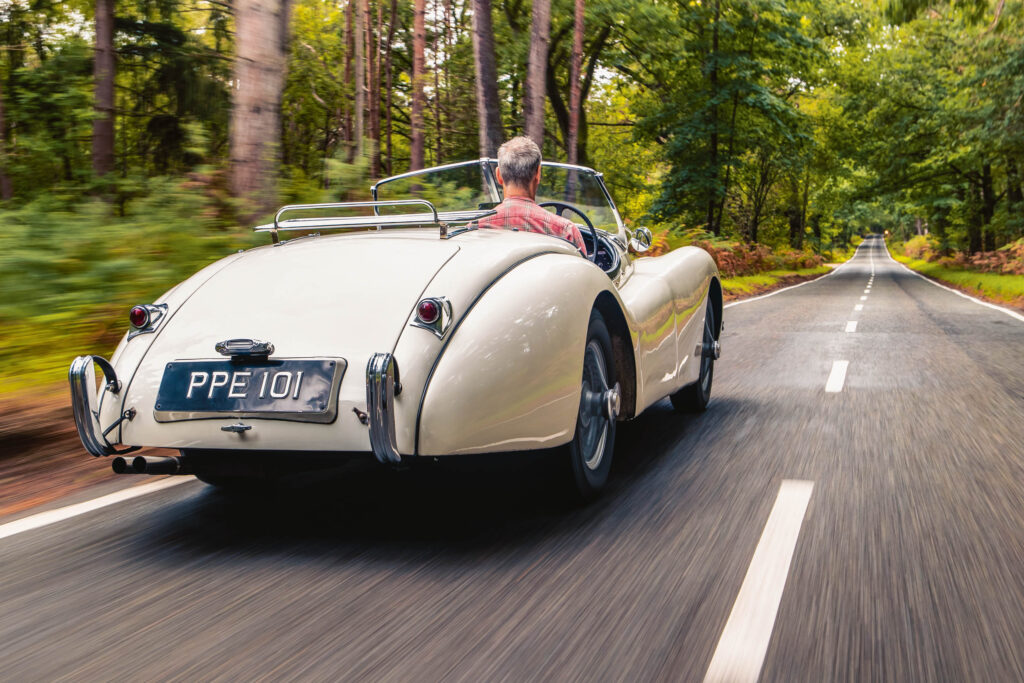
Although well-used as a rally car throughout its life, PPE was relatively inactive for the ten years leading up to Simon’s ownership: ‘As soon as I bought PPE, it was sent to Classic Motor Cars for a thorough recommissioning. Its founder, Peter Neumark, remembered the car well, as he had sold it to the previous owner in 2011, and could confirm that it still retained an original C-type cylinder head. This was fitted by the factory in June 1953, backed up by letters from Lofty England to the original owner, confirming the modifications. We rebuilt the engine, gearbox and brakes, but I left the bodywork and interior untouched. It has a lovely patina, which reflects the events it has done and the people who have owned it.’
The car looks very presentable, and I’m glad that a full cosmetic restoration wasn’t carried out. There’s so much character and personality to PPE, the loss of which would have been a real shame. It also means that there will be less concern for stone chips and – as we are about to find out – using the car in all weathers. There’s no hood, only a minimal windscreen, yet the XK120 feels right at home slithering around on these damp, grimy English lanes.
And suddenly a crackle of thunder is quickly followed by one of the most impressive downpours I’ve ever witnessed. We scrabble to fit the tonneau cover and then dive into photographer Jonny Fleetwood’s BMW to wait for the storm to pass – a great opportunity to explore some of PPE’s amazing history. Says Simon: ‘I like cars that can tell a story, and researching the history of PPE has been a lot of fun. There’s probably a book in it!’
To start with the car’s original rallying history, PPE was bought in March 1951 by the wife of Walter Charles Grant-Norton, master tailor and managing director of Norton & Sons, Tailors and Breeches Makers of London. Grant-Norton had quite a successful run of rallying results before World War Two, and just three months after being given PPE he entered it into the Alpine Rally. Despite correspondence with Jaguar, he failed to gain much in the way of official support. Not that he needed it. Grant-Norton and co-driver D Loader took PPE to a fifth-in-class finish, even after an engine misfire at high altitude. The pair returned in 1952, this time with a little more support from the factory, but PPE suffered a broken rear spring and was forced to retire. Other appearances that year included runs at the Brighton Speed Trials and entry into the London Motor Club Rally.
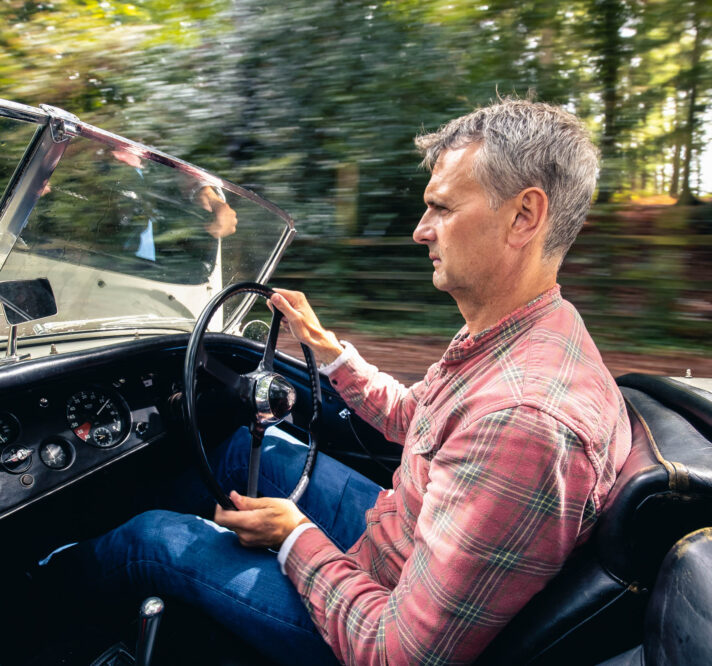
The connection to NUB 120 is more than philosophical. This car formed part of the trio of XK120s that took the team prize for Jaguar in the 1953 RAC Rally
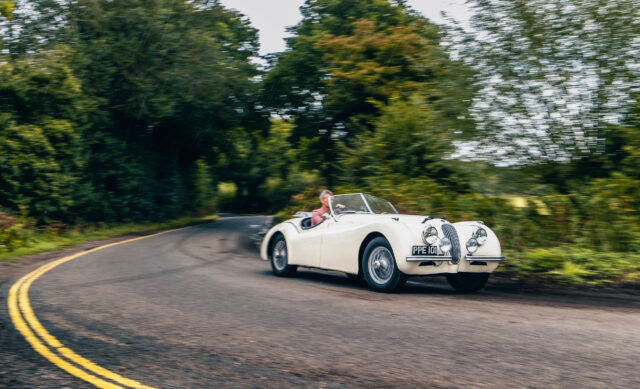
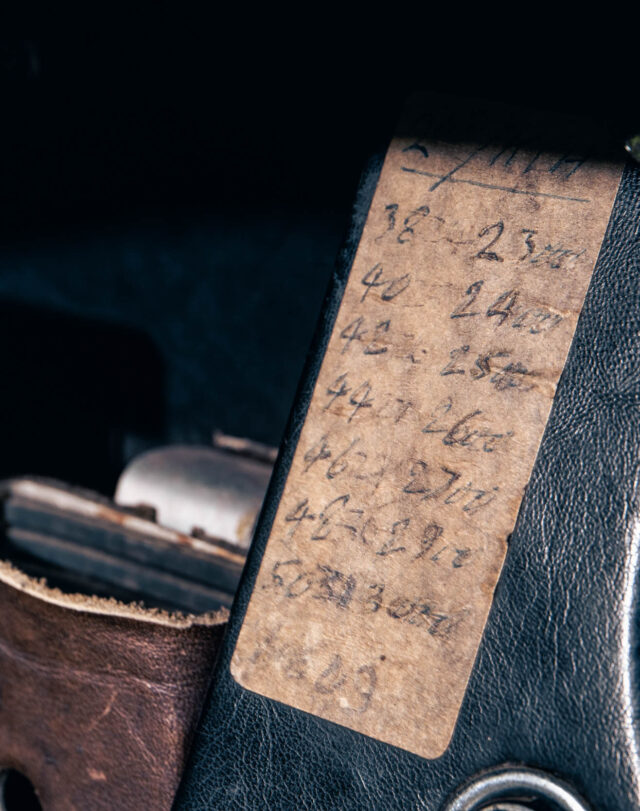
In March the following year, Grant-Norton formed a Jaguar team with Ian Appleyard and Frank Grounds for the RAC Rally of Great Britain (immortalised in recent years by toy maker Corgi, which released a model set of all three XKs). Then, in May, ahead of the 1953 Alpine Rally, he sent the car to Jaguar for a number of upgrades, including that C-type head and a close-ratio gearbox.
Simon explains: ‘I’ve found some great correspondence from the JDHT archives between Grant-Norton, Lofty England and Mort Morris-Goodall discussing the fitment of the head and other components. At the time of writing [4 June 1953] Lofty talks about inspecting the car after returning from Le Mans, a race that Jaguar won.’ With Appleyard taking the win, Grounds in fifth and Grant-Norton placing 14th, Jaguar won the team prize.
At the end of the 1954 season, Grant-Norton sold the XK120 to Graham Alan ‘Taffy’ Rich, a Flying Officer in the RAF. An accomplished World War Two Spitfire and Mosquito pilot with some incredible stories, he left the XK120 at his RAF base while posted to Suez in 1956. Around this time, a young salesman at Rolls-Royce and Bentley in Norwich by the name of Mike McKee heard rumours of an ‘abandoned’ racing XK120 on a local airbase. It was a chance meeting with Jack Sears at a dinner party that spurred McKee to look at racing competitively, as Sears insisted it would be far safer than driving quickly (and continuing to crash regularly) on the roads of East Anglia.
In need of some money, ‘Taffy’ agreed to sell PPE, by then in non-running condition, to McKee for a very reasonable £500. This was to be the start of the car’s short second life as a circuit racer. Says Simon: ‘Mike entered his first race – a Jaguar Drivers’ Club meeting in 1956 – which he won, to his amazement. He then went and won a second race the same day.’
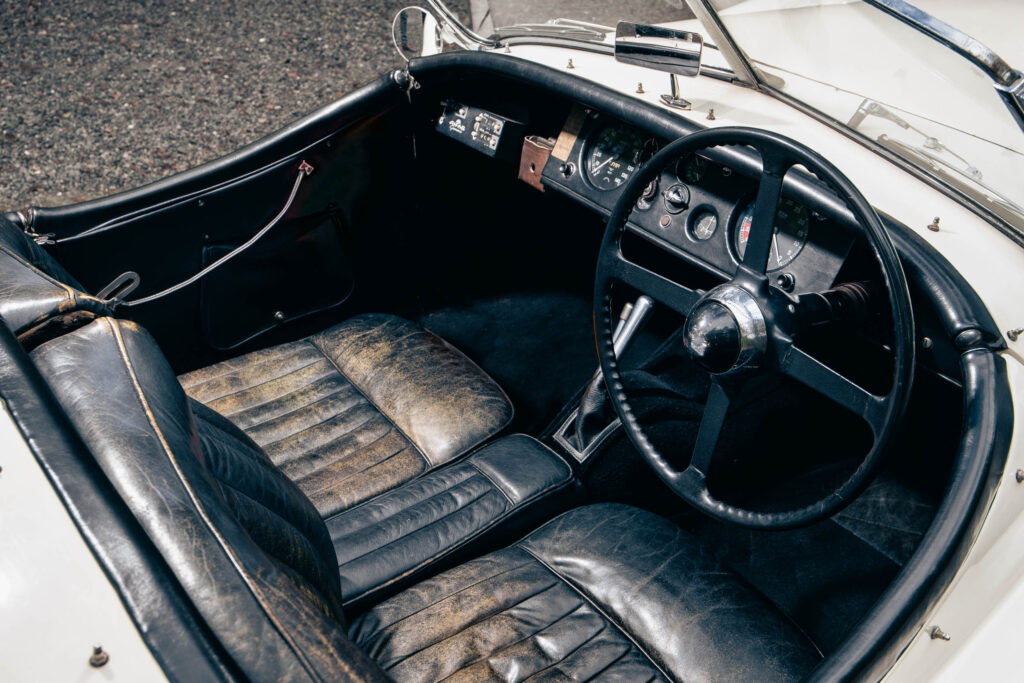
McKee had real potential, which was demonstrated during a wet race at Snetterton in 1957. This race is documented in the September 1957 issue of Autosport, in which McKee and PPE were able to hold off Graham Hill in a Tojeiro-Jaguar, Archie Scott Brown in a Lister Jaguar, and a range of other, more powerful cars early on in the race. As the track dried, he slipped back through the pack, but it was quite the performance. McKee would soon switch into a faster Elva, and move on to single-seaters.
After passing through two further owners, the second of which left it sitting in a lock-up for around 14 years, the XK was bought by Mike Barker of the Midland Motor Museum in Bridgnorth, Shropshire. Naturally, this was no static exhibit, and throughout the 1980s and 1990s Barker entered PPE in no fewer than eight Classic Marathon rallies. PPE took part in several other rallies during the 1980s, including the first special stage at the Welsh International Rally. It certainly got around a bit, appearing in various magazine articles, as well as starring in a segment on the television show Top Gear in 1990.
Into the 2000s, PPE became a somewhat more static exhibit once again, although it would occasionally be taken to events. Towards the end of 2010, Barker sold PPE to Peter Neumark of CMC, who was based just down the road. Neumark then sold it on, and the next owner used the car very sparingly over the following decade. Simon bought the XK in March 2021 and returned it to CMC for a thorough going-over.
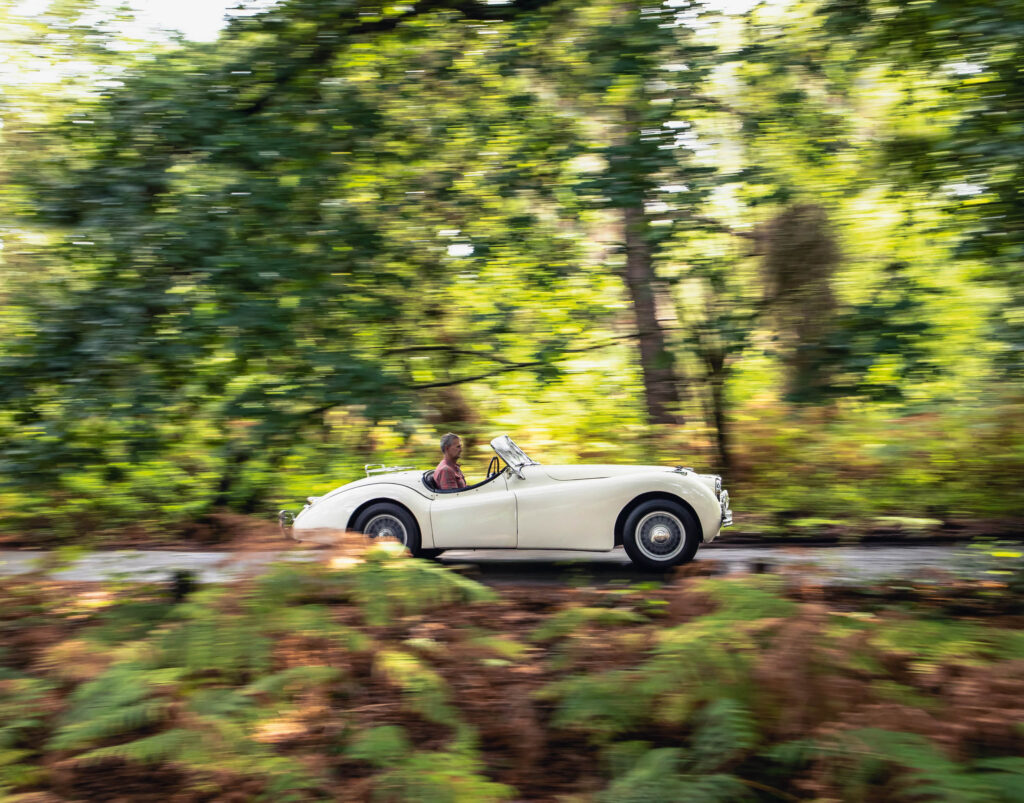
Now it’s my turn behind the wheel. I’m aware that many XK120s have been modified to improve the driving position and somewhat cramped footwell, but PPE is excruciatingly original in this regard. Simon has an alternative bucket seat and smaller steering wheel that make longer drives slightly more bearable, but we’ve opted to keep things standard for today.
Despite the squeeze, I’m glad. The black leather seats – retrimmed during the 1970s – are beautifully worn, and there are signs of this car’s competition history throughout the interior. The rally trip-meter is a dead giveaway, but there’s also a faded sticker on the dashboard with hand-written mileage notes on it. You get the sense that every part of this car has a story to tell.
Out on the road, things get even better. The whine of the straight-cut first gear is just great, and though the Moss gearbox is notoriously recalcitrant – which might make hustling the XK120 up the Col de Turini a challenge – it has a pleasingly precise shift. At low speeds the 3.4-litre XK engine feels tractable and incredibly smooth, but as the revs rise so the high-flow cylinder head and spikier cams give it a particularly raucous top end.
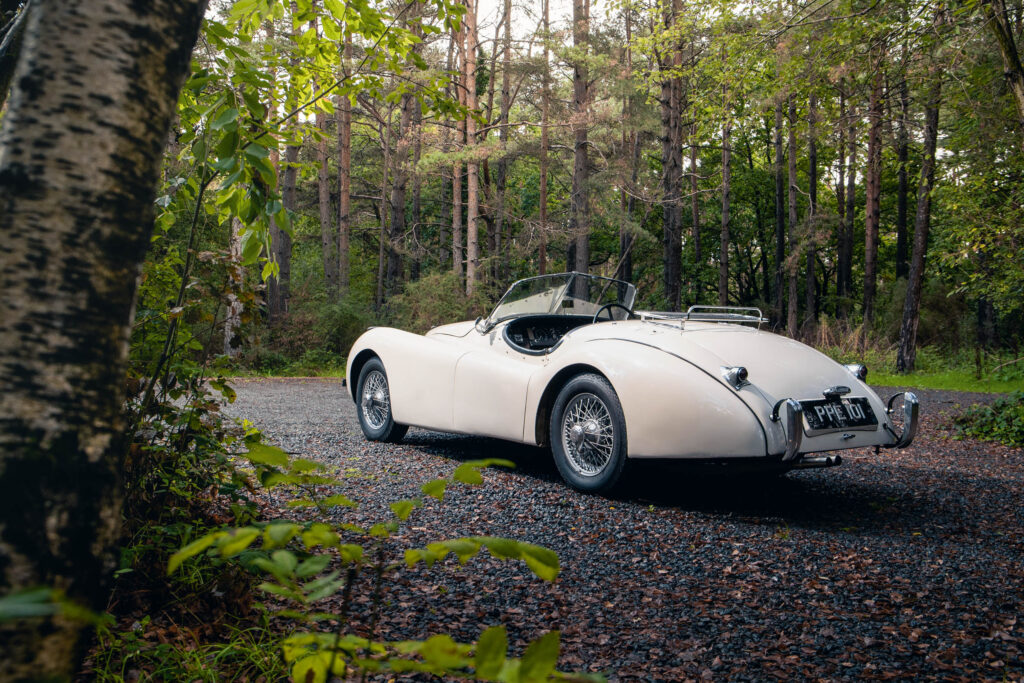
Lumpy and bumpy sections of road show up the XK’s live rear axle to an extent, but it remains tied-down and well-matched to the more supple torsion bar set-up at the front. There’s an encouraging stiffness to the chassis, even after all these years, and despite the larger steering wheel and moderately narrow tyres, the unassisted steering – via a Burman steering box – is surprisingly physical at low speed. Of course, once you’re up to speed it’s not too bad, and your effort is rewarded with a tremendous amount of feel through the thin rim. Push through some initial vagueness and the steering loads up beautifully, especially through higher-speed bends. Although it feels narrow, there’s certainly a heft to the XK120 that is easily explained by the car’s circa-1300kg kerbweight.
Although it’s not so much of an issue while driving at sensible speeds, the braking system is probably the one thing that really reminds you of the XK120’s age. The all-drum set-up just about feels effective enough, though I can easily imagine a few hairy moments descending Alpine passes in a hurry.
As we return PPE to its garage, I’m really struck by how impressively well this car stacks up today: it’s hard to believe that it’s over 70 years old. That feeling reinforces the notion of how right Jaguar got the formula when it launched the XK120 in 1948, and also why this particular example remained a relevant racer for so long. Not once does it feel fragile or unwilling today, and I’d have every confidence taking it down to the South of France.
So what’s next for PPE? Now that the car is up and running again, Simon intends to make good use of it. While there are some hillclimbing and rallying aspirations, as well as hopefully a spot on the Mille Miglia soon, Simon’s main goal with PPE 101 is simply to enjoy driving a wonderful piece of motoring history. It’s an endeavour I think we can all endorse.
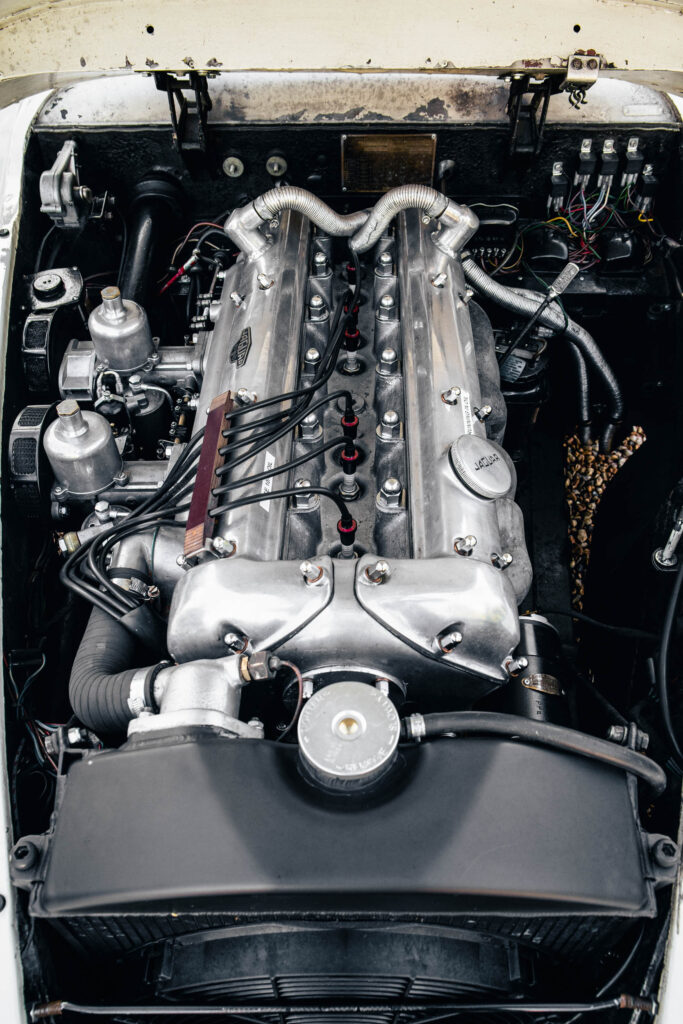
1951 Jaguar XK120 specifications
Engine 3442cc DOHC straight-six, twin SU carburettors
Power 160bhp @ 5200rpm (standard car)
Torque 195lb ft @ 2500rpm (standard car)
Transmission Four-speed manual, rear-wheel drive
Steering Burman recirculating ball
Suspension Front: double wishbones, torsion bars, telescopic dampers, anti-roll bar. Rear: live axle, semi-elliptic leaf springs, lever-arm dampers
Brakes Drums
Weight 1324kg
Top speed 120mph
0-60mph 9.5sec
